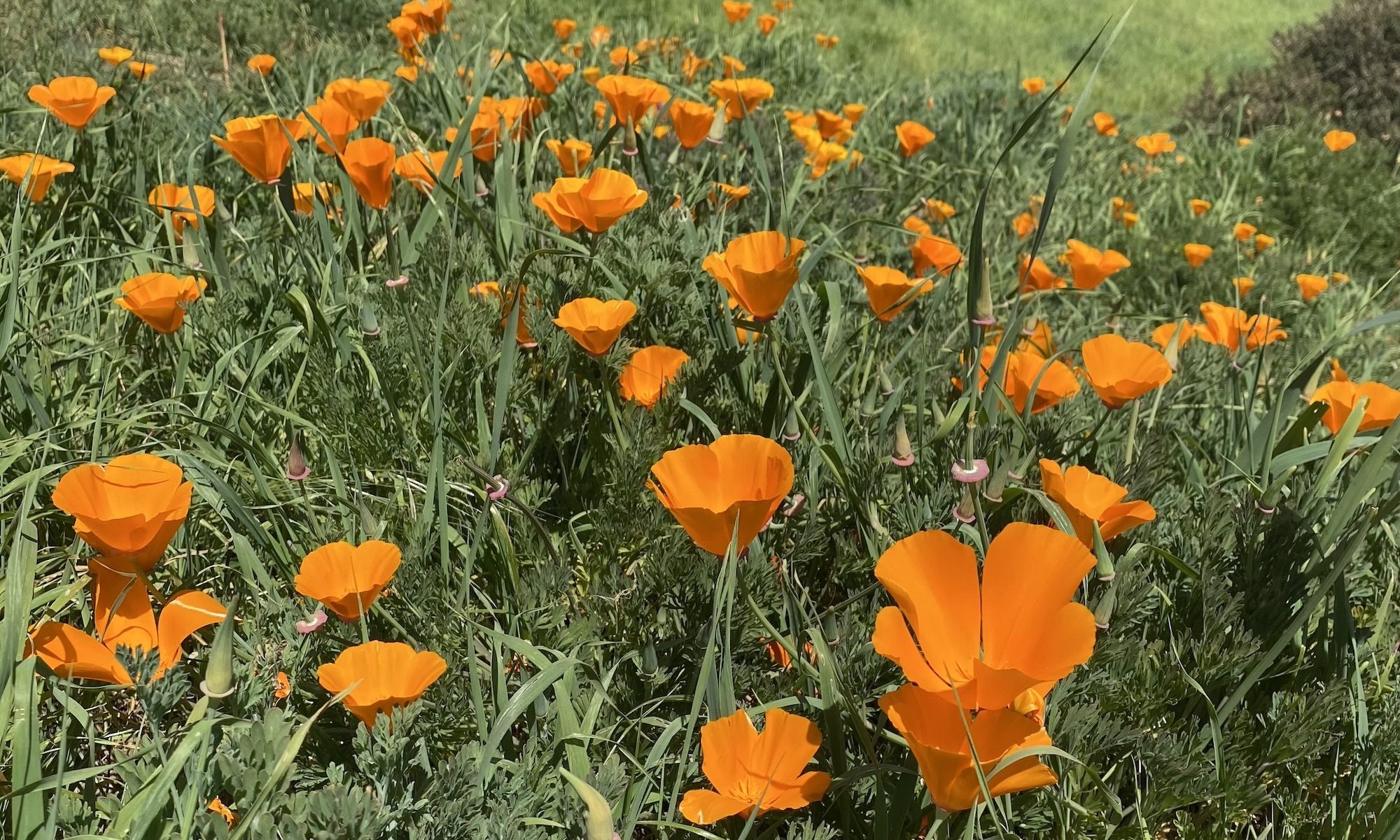Very often, I anthropomorphize cells and other biological objects in my drawings. I’ve turned bacteria into pirates, phages into bandits, and muscle cells into builders. It is my hope that presenting biological concepts in this way helps you understand and remember them better or helps you think about them in a new way. In this post, I take anthropomorphism to somewhat of an extreme with what I’m calling a “properly” anthropomorphized flower. Reading this post, I hope that you’ll develop a deeper appreciation for what a flower really is as we approach Valentine’s day.

The problem with the smiling flower
Although you can find many cute flower cartoons depicting smiling faces surrounded by petals, it’s a bit odd to compare flowers to faces. You see, while plants can certainly sense many of the things we sense with our eyes, noses, mouths, and ears, they don’t have faces per se. For example, the mouths should be distributed more to the leaves and roots. The leaves “eat” sunlight and carbon dioxide while the roots “eat” other nutrients found in soil and fertilizer (e.g. nitrogen and phosphorous).
When thinking about its biological function, the flower itself is possibly the most lewd thing one could represent as a face. The flower is censored in my drawing because, in reality, flowers house the reproductive organs of many plants. Insofar as a plant’s reproductive organs can be compared to those of humans, single flowers often contain both male and female parts. In fact some flowers can fertilize themselves. In the floral fertilization process, pollen constitutes floral sperm while eggs can be found within the depths of the flower. I find this all very cool but, were I to draw these parts only my anthropomorphized flower, I might turn away some of my audience.
If my drawing didn’t focus too much on the flower’s innards and instead focused on its petals, the censor bar might might not be required after all. This is because you might think of a flower’s petals as gorgeous clothes. These beautiful garments help attract pollinators like bees, much like we use clothes, jewelry, and hairstyles to attract mates when going out on the town (hence the dancing flower below).

In any case, I hope you’ve found my “properly” anthropomorphized flower enjoyable. With a little more plant know-how, maybe you’ll further appreciate the complexity and life hiding behind the petals you see in your next bouquet!


